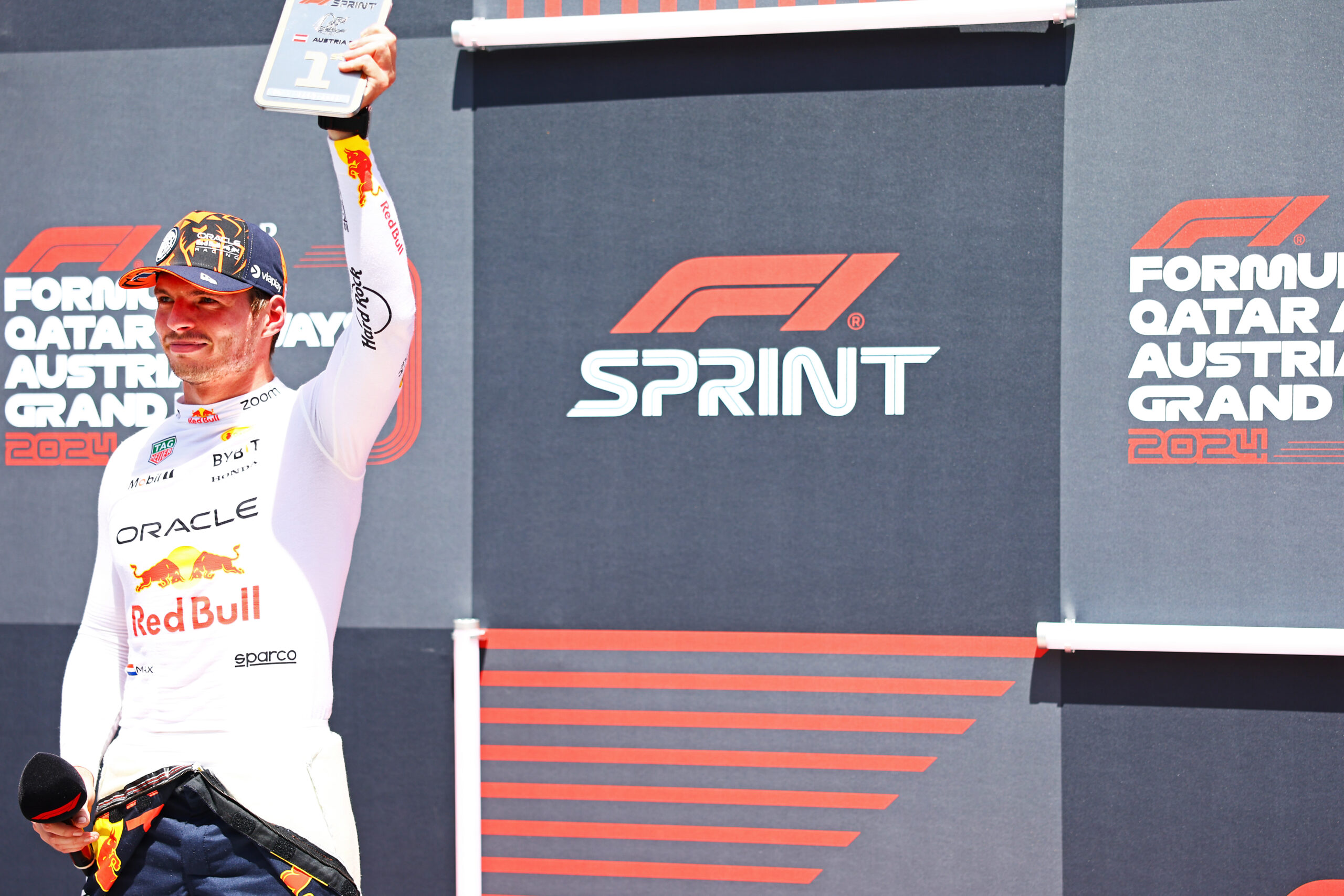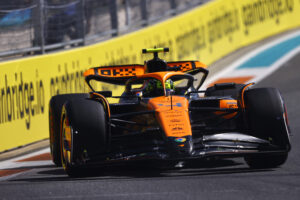With Austin marking the start of the final three F1 sprint races, how does the format work?
The F1 Sprint is a format consisting of a 100-km dash to the chequered flag. Its focus is on attacking for position rather than strategic plays. Drivers typically avoid pit stops unless necessary.
Organisers select venues for Sprint events based on their overtaking potential. The first of the final three Sprint races of the 2024 season kicks off this weekend in Austin, with the remaining two scheduled in Brazil and Qatar.
We’re heading into an #F1Sprint weekend 🤩
And there are two more to come in Brazil and Qatar – all with valuable championship points at stake 👀#F1 #USGP pic.twitter.com/Y6G2uOQY6V
— Formula 1 (@F1) October 17, 2024
The top eight finishers earn points, contributing directly to their Drivers’ Championship standings.
What does the weekend look like?
A Sprint weekend still spans three days, but it alters the typical schedule by replacing two standard practice sessions.
Instead of the usual Free Practice 2 on Friday afternoon, fans will see a Sprint Qualifying session, which determines the grid for the Sprint race. Just like in standard Grand Prix Qualifying, drivers must secure a strong position, especially with fewer points on offer.
On Saturday, Free Practice 3 makes way for the Sprint race, which takes place before the usual afternoon Qualifying session that sets the grid for Sunday’s Grand Prix.
With just one Free Practice session, teams must perfect their set-up to make the most of the Sprint race.
How does Sprint Qualifying work?
Sprint Qualifying follows a similar structure to Grand Prix Qualifying and is split into three stages: SQ1, SQ2, and SQ3. Each session lasts 12, 10, and 8 minutes respectively.
The five slowest drivers are eliminated after both SQ1 and SQ2, leaving the top ten to compete for P1 in SQ3.
What do drivers achieve in an F1 Sprint?
As mentioned, the top eight finishers earn points, which benefit both the drivers and their teams.
The points distribution is as follows:
P1 = 8 points
P2 = 7 points
P3 = 6 points
P4 = 5 points
P5 = 4 points
P6 = 3 points
P7 = 2 points
P8 = 1 point
Drivers finishing outside the top eight do not receive any points.
No fastest lap bonus point is available in the sprint races.
How do grid penalties work throughout the Sprint weekend?
If a driver receives a grid penalty during Free Practice or Qualifying, it will affect their starting position for the race.
Penalties incurred in Sprint Qualifying apply to the Sprint itself, while any penalties given during the Sprint will carry over to Sunday’s race.
What is the future of the Sprint?
In July, Formula 1 and the FIA announced the venues for the Sprint events during the 2025 season.
Shanghai and Miami will host the Sprint for the second consecutive year, while Austin and Qatar will make their third appearances.
Brazil continues its long-standing association with the F1 Sprint format, being the only circuit to have hosted it since its introduction in 2021.
Belgium also returns as a venue for the first time since 2023.
Conclusion
With 24 points up for grabs, the final three F1 Sprint races provide a valuable opportunity for teams such as Red Bull and McLaren, as well as title contenders Max Verstappen and Lando Norris, to secure crucial points in the championship battle.
However, do not count out Ferrari or Charles Leclerc, who remain competitive in both the Drivers’ and Constructors’ championships. While winning either championship may not be feasible, they could still aim for Sprint victories to boost their points tally.
+24 points available… 👀
We’ve got fresh rounds of #F1Sprint coming up with crucial points on the line 👊
Get up to speed with Sprints 👉 https://t.co/pYoc6z6Ei1#F1 pic.twitter.com/Eqgk9yvlU9
— Formula 1 (@F1) October 12, 2024
So far this year, Verstappen has claimed victory in all three Sprints held in China, Miami, and Austria. With Red Bull’s recent slowdown, his three-for-three streak may come to an end this weekend in COTA. There is all to play for.






